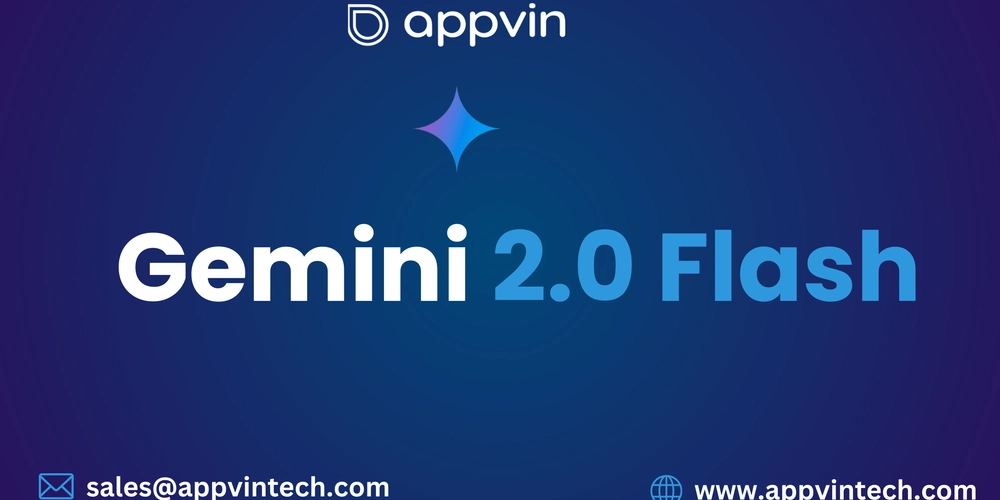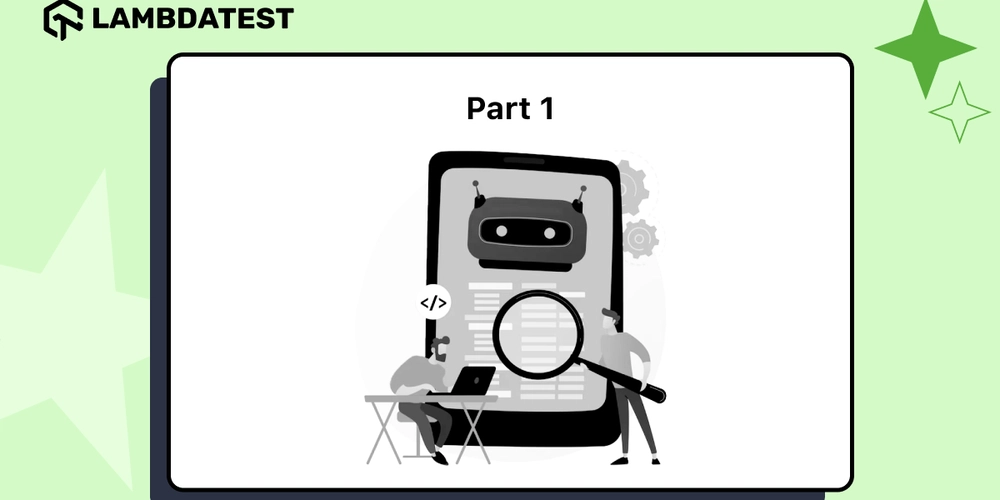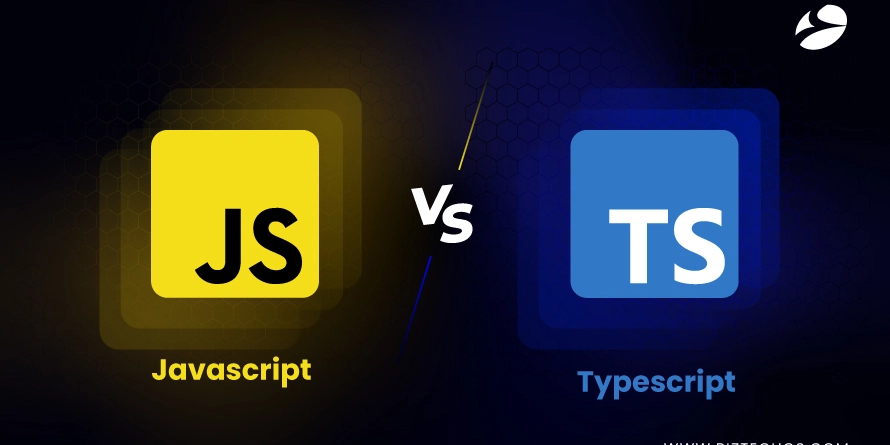RIP RAG? Gemini 2.0 Flash Just Changed the Game Forever!
The future of cross-platform mobile app development is going to be transformed in a seismic way with the advent of Google's Gemini 2.0 Flash. The new AI model is going to transform the way mobile app development services are handled, with features unlike any other, which simplify processes and provide user experiences to unprecedented heights. In this article, we will talk about the revolutionary effect of Gemini 2.0 Flash on the business, its features, advantages, and effects on web application development services and custom web application development services in the future. Understanding Gemini 2.0 Flash Gemini 2.0 Flash is the newest member of Google's line of AI models, which can process multimodal inputs such as text, images, video, and audio at the same time. This enables developers to build more interactive and dynamic applications. Surprisingly, Gemini 2.0 Flash has a ginormous window of one million tokens, or it better processes and analyzes more extensive data. One of Gemini 2.0 Flash's best features is its native integration with tools so that it is easily integrated into different APIs and services. This is especially important for developers who require implementing sophisticated features in their applications without any sacrifice in terms of performance. The Death of Classical RAG Models Historically, the Retrieval-Augmented Generation (RAG) models have been used by developers to improve output from AI by pulling in information. While it works well, it usually adds latency and complexity to the development process. Since Gemini 2.0 Flash has been out as long as it has been live since launch, the need for RAG models takes a back seat. Its greater context window enables it to process ginormous documents and datasets in-house, so the need for out-of-the-box retrieval mechanisms dwindles. This change, in addition to streamlining the development pipeline, also enables quicker and more streamlined AI-driven applications. Gemini 2.0 Flash release has extensive influence on cross-platform application development. Its multimodal capabilities can grant developers the freedom to create applications with an enhanced user interface on multiple devices and platforms. For example, an application can accept and react to speech, pictures, and text in a combined way to render the user interface more convenient. In addition, the speed and efficiency of the model allow developers to create applications that are cost-effective and responsive. This is most applicable in mobile app development where performance and user interaction are top priorities. Improving Web Application Development Services In the context of web application development solutions, Gemini 2.0 Flash provides functionality to simplify the development process along with enriched application functions. Its usage as an in-built feature is of a nature that it can easily be integrated with existing web technologies and assist developers in including improved AI capabilities easily without going through rigorous reconfiguration procedures. Second, the multimodal input support of the model also enables web applications to provide more complex and interactive capabilities like real-time translation, image detection, and voice chat. Besides providing the user with an enhanced experience, this also paves the way for new innovation possibilities in web applications. Cost Efficiency and Accessibility Google's release of cheaper models such as Gemini 2.0 Flash-Lite also sets in perspective the fears regarding the exorbitant cost of developing AI. The cheaper models give more communities of developers and institutions access to top-notch AI features, and this can lead to innovation in general. The affordability of the models will also guarantee that even small companies and startups will be able to apply the latest in AI technology to their programs, creating a more relevant and competitive marketplace. Future Prospects and Considerations As Gemini 2.0 Flash and its competitors continually develop, developers will need to keep abreast of new functionality and good practice if they are to reach their maximum potential. Remaining active within the development community, wading through forums, and referring to official documentation are all significant steps along the way. Moreover, while Gemini 2.0 Flash features are amazing, developers must address ethical concerns and make it compatible with AI levels of user security and privacy. Conclusion The release of Gemini 2.0 Flash is a breakthrough in cross-platform mobile app development, web application development services, and custom web application development services. The release of robust, efficient, and affordable AI-based features allows developers to develop more interactive, responsive, and dynamic apps. Since the industry is shifting more towards these innovations, we can now anticipate a new era of

The future of cross-platform mobile app development is going to be transformed in a seismic way with the advent of Google's Gemini 2.0 Flash. The new AI model is going to transform the way mobile app development services are handled, with features unlike any other, which simplify processes and provide user experiences to unprecedented heights. In this article, we will talk about the revolutionary effect of Gemini 2.0 Flash on the business, its features, advantages, and effects on web application development services and custom web application development services in the future.
Understanding Gemini 2.0 Flash
Gemini 2.0 Flash is the newest member of Google's line of AI models, which can process multimodal inputs such as text, images, video, and audio at the same time. This enables developers to build more interactive and dynamic applications. Surprisingly, Gemini 2.0 Flash has a ginormous window of one million tokens, or it better processes and analyzes more extensive data.
One of Gemini 2.0 Flash's best features is its native integration with tools so that it is easily integrated into different APIs and services. This is especially important for developers who require implementing sophisticated features in their applications without any sacrifice in terms of performance.
The Death of Classical RAG Models
Historically, the Retrieval-Augmented Generation (RAG) models have been used by developers to improve output from AI by pulling in information. While it works well, it usually adds latency and complexity to the development process.
Since Gemini 2.0 Flash has been out as long as it has been live since launch, the need for RAG models takes a back seat. Its greater context window enables it to process ginormous documents and datasets in-house, so the need for out-of-the-box retrieval mechanisms dwindles. This change, in addition to streamlining the development pipeline, also enables quicker and more streamlined AI-driven applications.
Gemini 2.0 Flash release has extensive influence on cross-platform application development. Its multimodal capabilities can grant developers the freedom to create applications with an enhanced user interface on multiple devices and platforms. For example, an application can accept and react to speech, pictures, and text in a combined way to render the user interface more convenient.
In addition, the speed and efficiency of the model allow developers to create applications that are cost-effective and responsive. This is most applicable in mobile app development where performance and user interaction are top priorities.
Improving Web Application Development Services
In the context of web application development solutions, Gemini 2.0 Flash provides functionality to simplify the development process along with enriched application functions. Its usage as an in-built feature is of a nature that it can easily be integrated with existing web technologies and assist developers in including improved AI capabilities easily without going through rigorous reconfiguration procedures.
Second, the multimodal input support of the model also enables web applications to provide more complex and interactive capabilities like real-time translation, image detection, and voice chat. Besides providing the user with an enhanced experience, this also paves the way for new innovation possibilities in web applications.
Cost Efficiency and Accessibility
Google's release of cheaper models such as Gemini 2.0 Flash-Lite also sets in perspective the fears regarding the exorbitant cost of developing AI. The cheaper models give more communities of developers and institutions access to top-notch AI features, and this can lead to innovation in general.
The affordability of the models will also guarantee that even small companies and startups will be able to apply the latest in AI technology to their programs, creating a more relevant and competitive marketplace.
Future Prospects and Considerations
As Gemini 2.0 Flash and its competitors continually develop, developers will need to keep abreast of new functionality and good practice if they are to reach their maximum potential. Remaining active within the development community, wading through forums, and referring to official documentation are all significant steps along the way.
Moreover, while Gemini 2.0 Flash features are amazing, developers must address ethical concerns and make it compatible with AI levels of user security and privacy.
Conclusion
The release of Gemini 2.0 Flash is a breakthrough in cross-platform mobile app development, web application development services, and custom web application development services. The release of robust, efficient, and affordable AI-based features allows developers to develop more interactive, responsive, and dynamic apps. Since the industry is shifting more towards these innovations, we can now anticipate a new era of excellence and innovation in application development.








































































































































































![[The AI Show Episode 143]: ChatGPT Revenue Surge, New AGI Timelines, Amazon’s AI Agent, Claude for Education, Model Context Protocol & LLMs Pass the Turing Test](https://www.marketingaiinstitute.com/hubfs/ep%20143%20cover.png)



































































































































![From drop-out to software architect with Jason Lengstorf [Podcast #167]](https://cdn.hashnode.com/res/hashnode/image/upload/v1743796461357/f3d19cd7-e6f5-4d7c-8bfc-eb974bc8da68.png?#)








































































































.jpg?#)
































_ArtemisDiana_Alamy.jpg?#)


 (1).webp?#)






































































-xl.jpg)











![Yes, the Gemini icon is now bigger and brighter on Android [U]](https://i0.wp.com/9to5google.com/wp-content/uploads/sites/4/2025/02/Gemini-on-Galaxy-S25.jpg?resize=1200%2C628&quality=82&strip=all&ssl=1)










![Apple Rushes Five Planes of iPhones to US Ahead of New Tariffs [Report]](https://www.iclarified.com/images/news/96967/96967/96967-640.jpg)
![Apple Vision Pro 2 Allegedly in Production Ahead of 2025 Launch [Rumor]](https://www.iclarified.com/images/news/96965/96965/96965-640.jpg)






































































































































